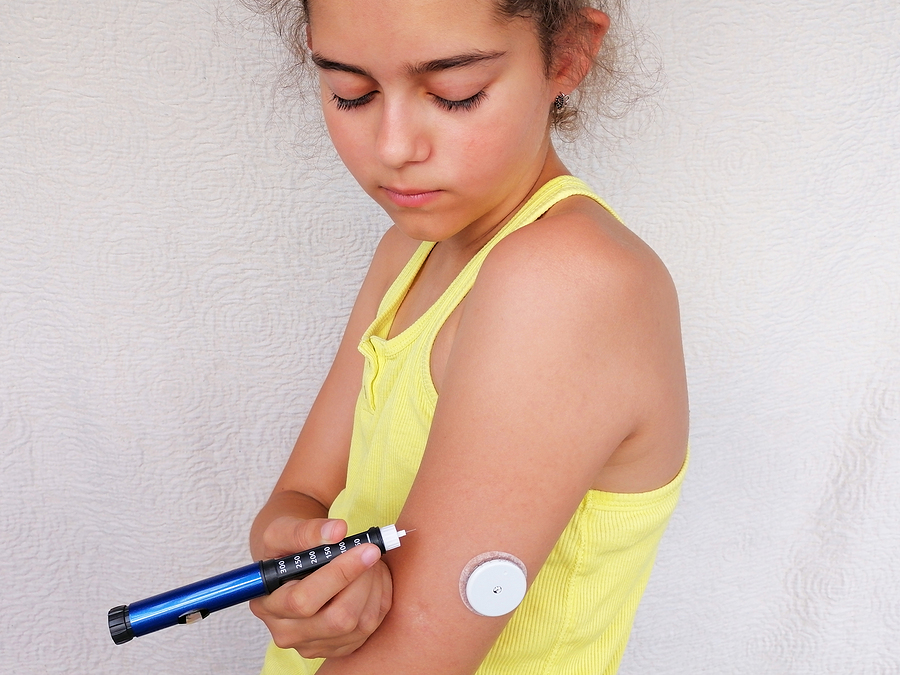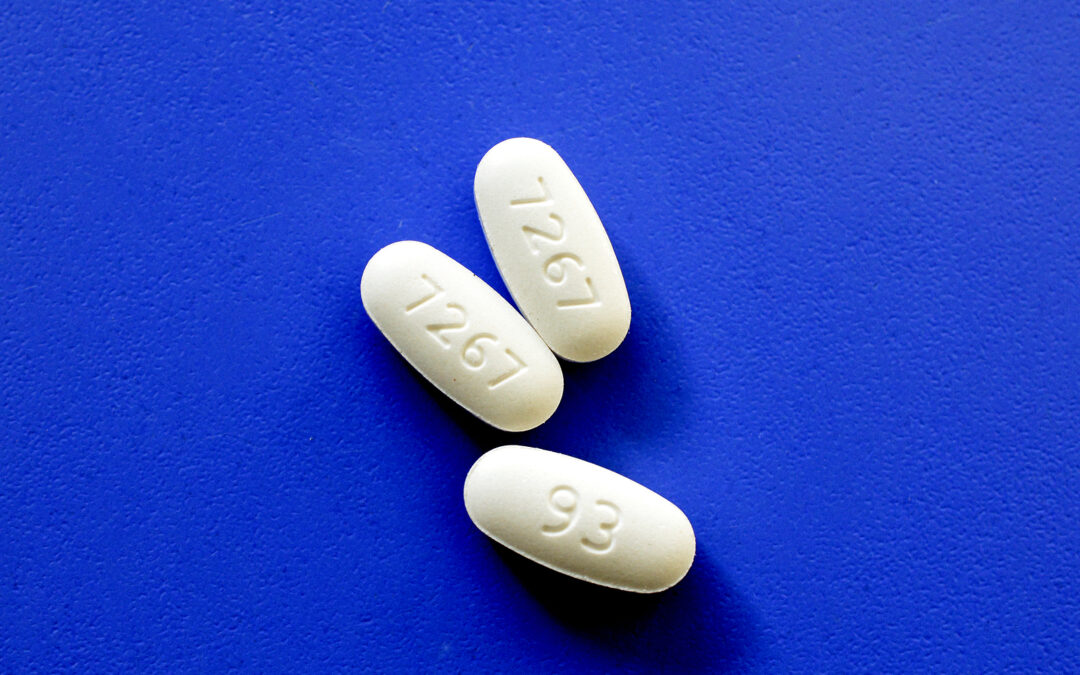Finding the Treatment That Works for You
Managing diabetes can feel overwhelming, especially when you’re trying to navigate medications, monitor your blood sugar, and stay on top of your health. The good news? There are many medication options available, and finding the right one can help you feel better and reduce the risk of long-term complications.
Here’s a clear, easy-to-follow breakdown of common diabetes medications—so you can feel more confident and informed about your options.
Metformin: A Common First Step for Type 2 Diabetes
- How it works: Helps your body respond to insulin and lowers the amount of sugar made by your liver.
- Typical results: May reduce your A1C by 1–2%.
- Additional benefits: Doesn’t cause weight gain, and in some cases, may support modest weight loss.
What About Side Effects?
Some people experience digestive issues (like nausea, bloating, or diarrhea), especially at first. Taking Metformin with food and staying hydrated may help ease symptoms—but it’s best to discuss any side effects with your doctor.
When More Help is Needed: Add-On Medications
SGLT2 Inhibitors: Clearing Extra Sugar Through Urine
- Examples: Jardiance, Invokana, Farxiga
- How they work: Help your kidneys remove excess sugar from your body through urine.
- Potential benefits: Can lower A1C by about 0.5–1%, and may also support heart and kidney health.
- Possible side effects: UTIs and yeast infections are more common due to increased sugar in urine.
GLP-1 Receptor Agonists: Helping You Feel Full and Stabilize Sugar
- Examples: Ozempic, Trulicity, Victoza
- How they work: Slow digestion, reduce appetite, and support insulin production.
- Potential benefits: May lower A1C by 1.5–2%, and often help with weight loss.
- Possible side effects: Nausea is the most common, but often improves over time.

Understanding When Insulin May Be Needed
For those with Type 1 diabetes, insulin therapy is essential. And for some people with Type 2 diabetes, insulin may be added if oral medications aren’t enough to manage blood sugar levels effectively. Learn more about insulin from the American Diabetes Association.
Types of Insulin and How They Work
| Type of Insulin | How Fast It Starts | How Long It Lasts | When It’s Used |
|---|---|---|---|
| Rapid-acting (e.g. Humalog, Novolog) | 10–30 minutes | 3–5 hours | Taken at meals to manage blood sugar spikes |
| Short-acting (Regular insulin) | 30–60 minutes | 5–8 hours | Controls blood sugar between meals |
| Intermediate-acting (e.g. NPH) | 1–2 hours | 12–18 hours | Provides background insulin during the day |
| Long-acting (e.g. Lantus, Tresiba) | 1–2 hours | Up to 24 hours | Keeps blood sugar steady throughout the day and night |
Watching for Low Blood Sugar
Low blood sugar (hypoglycemia) is a common risk with insulin. Symptoms can include shakiness, confusion, dizziness, and sweating. If your blood sugar drops below 70 mg/dL, fast-acting carbs like fruit juice or glucose tablets are commonly used. Always ask your doctor what they recommend for treating low blood sugar. Read CDC guidance on low blood sugar.
Making Your Medication Plan Work for You
There’s no one-size-fits-all treatment for diabetes. The best approach depends on your unique needs, health history, and how your body responds. Along with medication, healthy eating, regular activity, and continuous glucose monitoring can make a big difference.
At St. Joseph Medical, we help patients get the diabetes supplies they need—including continuous glucose monitors (CGMs)—through Medicare, Medicaid, and most insurance plans. If you’re unsure where to start, your healthcare provider can help you explore which medication options may fit your needs.
With guidance from your care team and the right tools, managing your diabetes can become more personalized and less stressful over time.
Important Note:
This content is for informational and educational purposes only and is not a substitute for professional medical advice, diagnosis, or treatment. Always consult your healthcare provider with any questions regarding a medical condition or treatment plan. No doctor-patient relationship is established by reading or interacting with this content.
You Might Also Like

Living Well With Type 2 Diabetes
Living with type 2 diabetes can feel overwhelming at first—but many people discover that living well with type 2 diabetes is entirely possible with the right tools, habits, and support. From food...

2 Easy Low Carb Meals for Diabetes-Friendly Eating
Eating well with diabetes doesn’t mean giving up your favorite meals—it just means preparing them in a way that supports your health and keeps blood sugar levels more stable. With a few smart...

13 Blood Sugar Control Tips for Healthy Eating
Managing diabetes through diet doesn’t have to be complicated. With a few small adjustments, many people find it easier to maintain more stable glucose levels—without giving up the foods they love....


